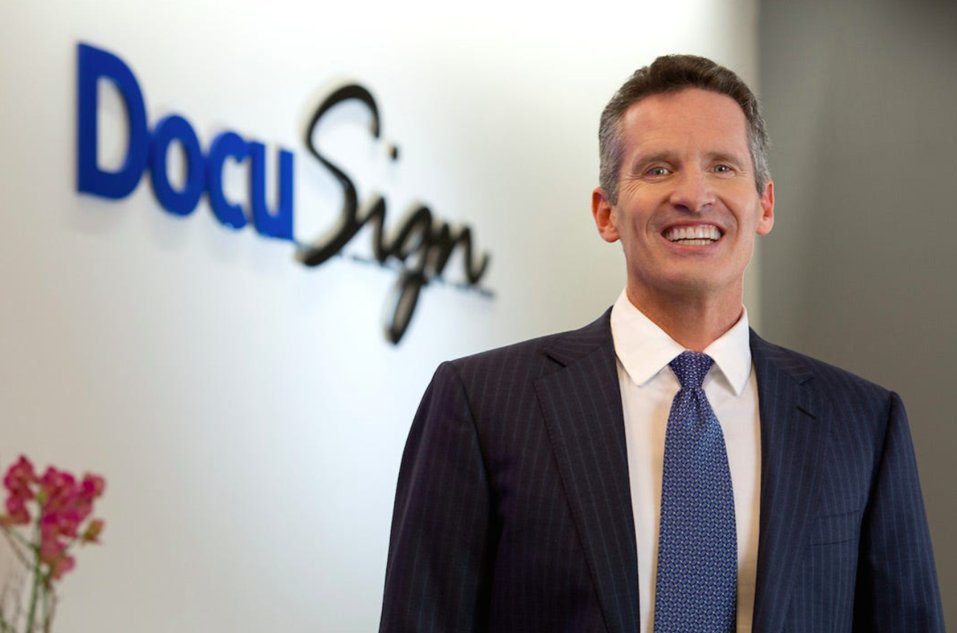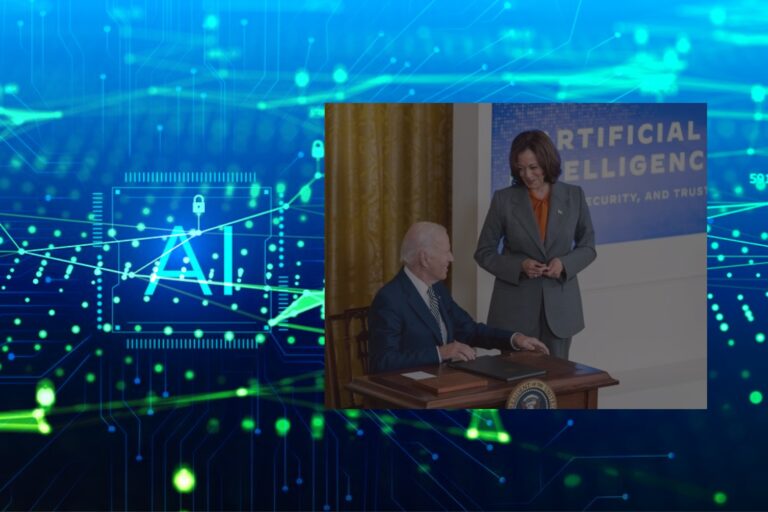How DocuSign’s Uniqueness Makes Them a Major Influencing Company in Every Industry
Technology has played such an important part in our personal lives. It helps us to speak face-to-face with people from the other side of the planet. Moreover, we can share the data, information with friends and partners and we can purchase different products from all over the world. In the business aspect, the world is shrinking even faster thanks to the development of technology.
One of the companies that has revolutionized the way we do business both online and in-person is called DocuSign, a San Francisco based company. The company is one of the first to not only surpass the rules and regulations of the ESIGN Act relating to digital signatures, but it also initiates in setting standards in the authentication services and user identity management arenas. Nowadays, the utilization of DocuSign is applied across the world to capture the signatures, workflow automation, and a variety of other tasks. Let us look at the past story to figure out how DocuSign became such a powerful force in the industry.
How DocuSign Was Founded
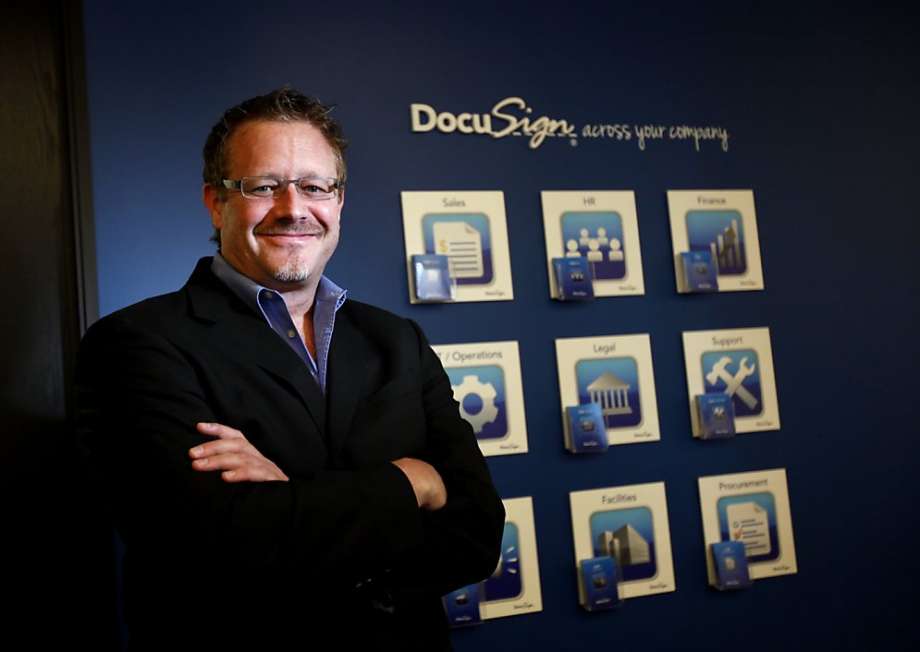
In 2003, Tom Gonser founded DocuSign after leaving NetUpdate which was another technology company launched in 1998. After leaving his position as the CEO of NetUpdate, Gonser decided to start a new venture. He then spent his time trying to develop an electronic signature startup firm that was acquired by his former company. This firm – DocuTouch was first founded by the entrepreneur Mir Hajmiragha and Seattle was the base of this company.
At first, the company could not generate any profit and still it held plenty of patents for online-based digital collaboration and electronic signature systems. Aiming for the real success, Gonser bought DocuTouch’s assets after leaving NetUpdate and this is when DocuSign was born. At the first stage of the revamped venture, the positions of the company like VP of engineering and designated CEO were pointed to Eric Ranft and Court Lorenzini respectively by Gonser.
The company’s first sale was in 2005 from its first customer, ZipLogix. After the legal admissibility of forms signed with DocuSign and testing the veracity of the service’s encryption was proved, more companies showed interest in using the service.
Although the company had its headquartered in Seattle, in 2011 its office was opened in San Francisco, where later became its global base. In the same year, another office was opened in London. With the rapid growth, the company planned to expand its operations to even more areas around the world.
Products and Services
The current services that DocuSign is offering include a variety of formats. Most customers can have two choices which are to pay a subscription or use it for free as a digital app. To ensure the security of the document, DocuSign uses encryption for all documents and signatures which go through the service. And hashes are also utilized to make sure that no document should be tampered or compromised.
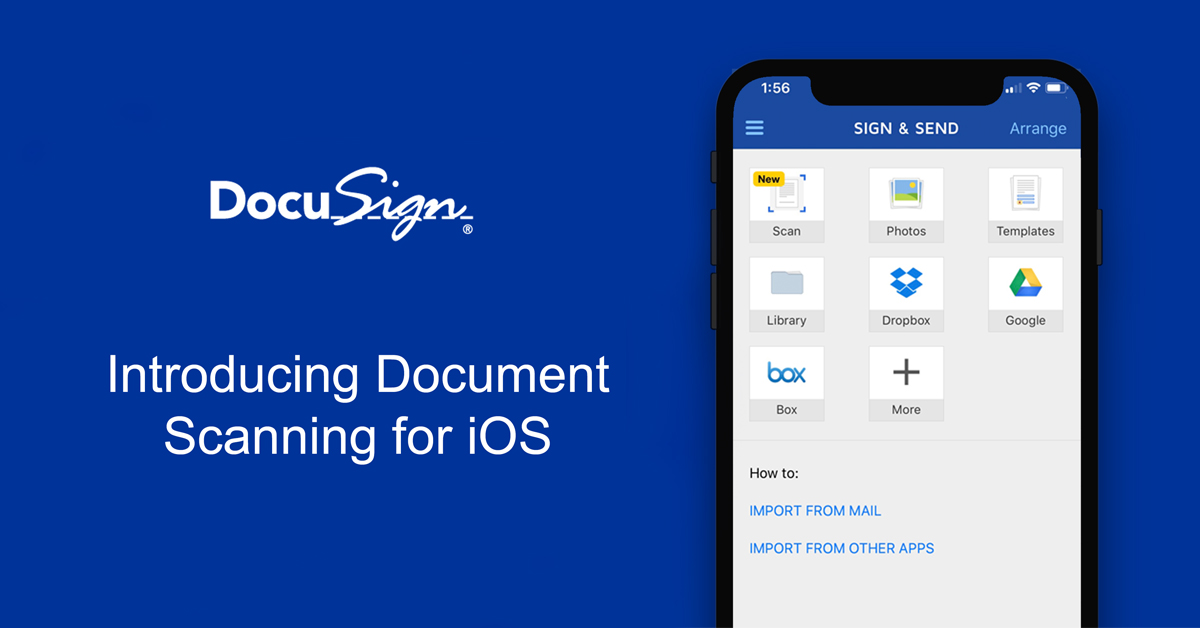
In 2011, the company released a mobile app that is now available on Windows, Android, and iOS devices for free. To sign the documents, the users can start with storing their signature in advance and then attach it. There are two options for signature. Firstly, you can take a photo of your handwritten signature from your mobile device and upload that image under the jpeg or gif format. Secondly, you can just type your name into the system and pick whatever forms that you like.
With DocuSign, the users can sign on lots of documents like word, photos, and images or PDF files. Once the signature is applied to the documents, they will be saved securely in DocuSign cloud, which provides access for all the parties to access via login. Since its debut, DocuSign has become more popular and gained a huge following with more than 100 million users completing one million transactions per day on DocuSign Global Trust Network.
Moreover, two parties that have agreed to conduct business electronically could use another service called DocuSign Professional. This service allows them to request and review uploaded documents, add signatures, additionally, get background checks, and confirm the information by phone.
Key focus
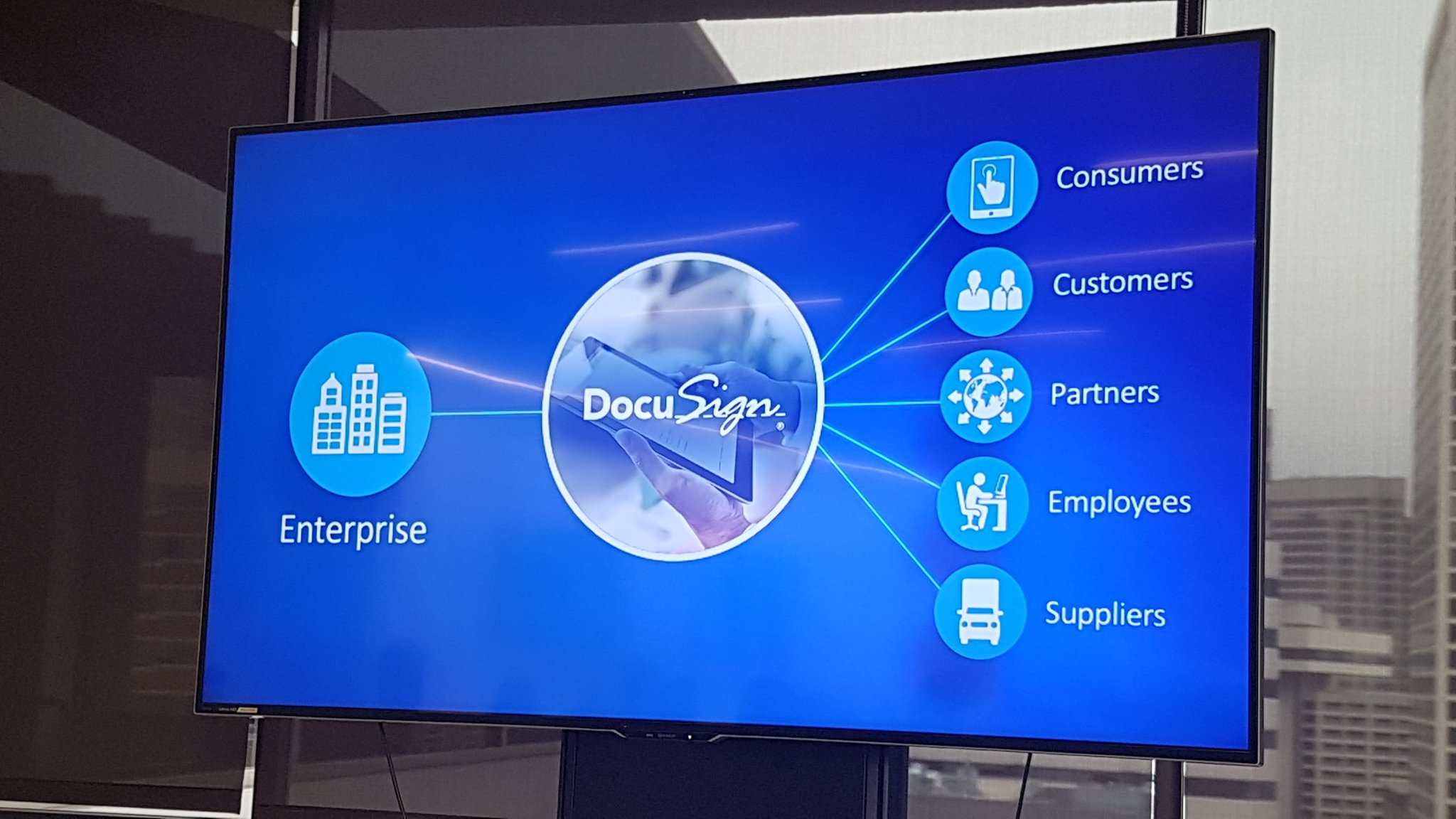
The company began by offering electronic signature and digital transaction services and software. It can be witnessed that the focus of the company has changed over the last decade. Although it is the leaders in the industry of electronic signature management, more support has been added to the services for various devices like smartphones, iPad, and iPhone. Moreover, DocuSign also offers customers with phone-based user authentication and payment services.
To maximum the convenience for the customers, DocuSign has partnered with Google Drive, PayPal, and Salesforce.com to help the customers of those companies to take advantage of the DocuSign Payment service. With this, the customers can capture their signatures and make payment conveniently at the same time. What is more? The company also partnered with Equifax to enable the lender to use DocuSign for sending requests to those applying for the loan. Together, they joined in a studying researching the feasibility of using electronic signatures for certain IRS tax forms.
In the Mortgage Bankers Association conference in 2016, DocuSign announced that it created a new platform aiming to simplify the electronic mortgage application process. That the company is concentrating on developing products related to the real estate industry is indeed a strategic move.
It can be said that the influence of DocuSign is huge in areas like tech, financial, and real estate industries since the company has a long list of notable corporate clients. In detail, nearly 90% of all Fortune 500 companies are currently either using DocuSign or having at one point.
How Can DocuSign Become So Successful?

The chairman as well as the former CEO of DocuSign for 7 years, Keith Krach, assumes that there are three main reasons for the company’s staggering growth. “The digital transformation is considered as the strategic imperative for most companies and DocuSign somehow has become the catalyst for that transformation,” Krach shares.
Firstly, DocuSign removes the paper and former processes which makes it an essential first step. With the use of Business Intelligence, the company indeed could create high-fidelity data that the customers had never experienced before. The technology can now be applied to e-commerce and Artificial Intelligence.
Secondly, it is the unprecedented and proven value proposition among three aspects which are the quantifiable impact on the top and bottom line; the enhanced simplicity and rate for the best customer experience; and the cut of risk in compliance and security thanks to the company’s encrypted technology, several levels of authentication and automatically generated audit trail.
Thirdly, this one is often the most underestimated reason – the impact on the cultural challenges associated with change. Change indeed happens not only in business processes and models but also in the corporate mindset. The reason for DocuSign to be chosen is due to its offering the easy solution to implement and give a quick result, which provides the organization with the momentum that it needs for overcoming the resistance to change.
What makes it different?
What people look for in the digital signatures is the simplicity to use and understand, but most importantly, the trust. With the reliability and security that DocuSign has built and embedded in its product, every business across the world now can use and rely on its service.
“We deal with the most significant documents from our customers,” Krach states. “At the end of the day, it is the trust that builds the background for every business relationship. Trust at DocuSign is sacrosanct. We are trying to provide the most trusted service as possible on the DocuSign Global Trust Network with the speed, convenience, and security.”
It is true that global expansion is just an option for some companies. For others, it means the opportunity. For companies like DocuSign, it is a necessity. The global reach not only brings benefits to the company’s bottom line but also can offer the key ecosystem that is important for all the organizations as well as the individuals that utilize its services.
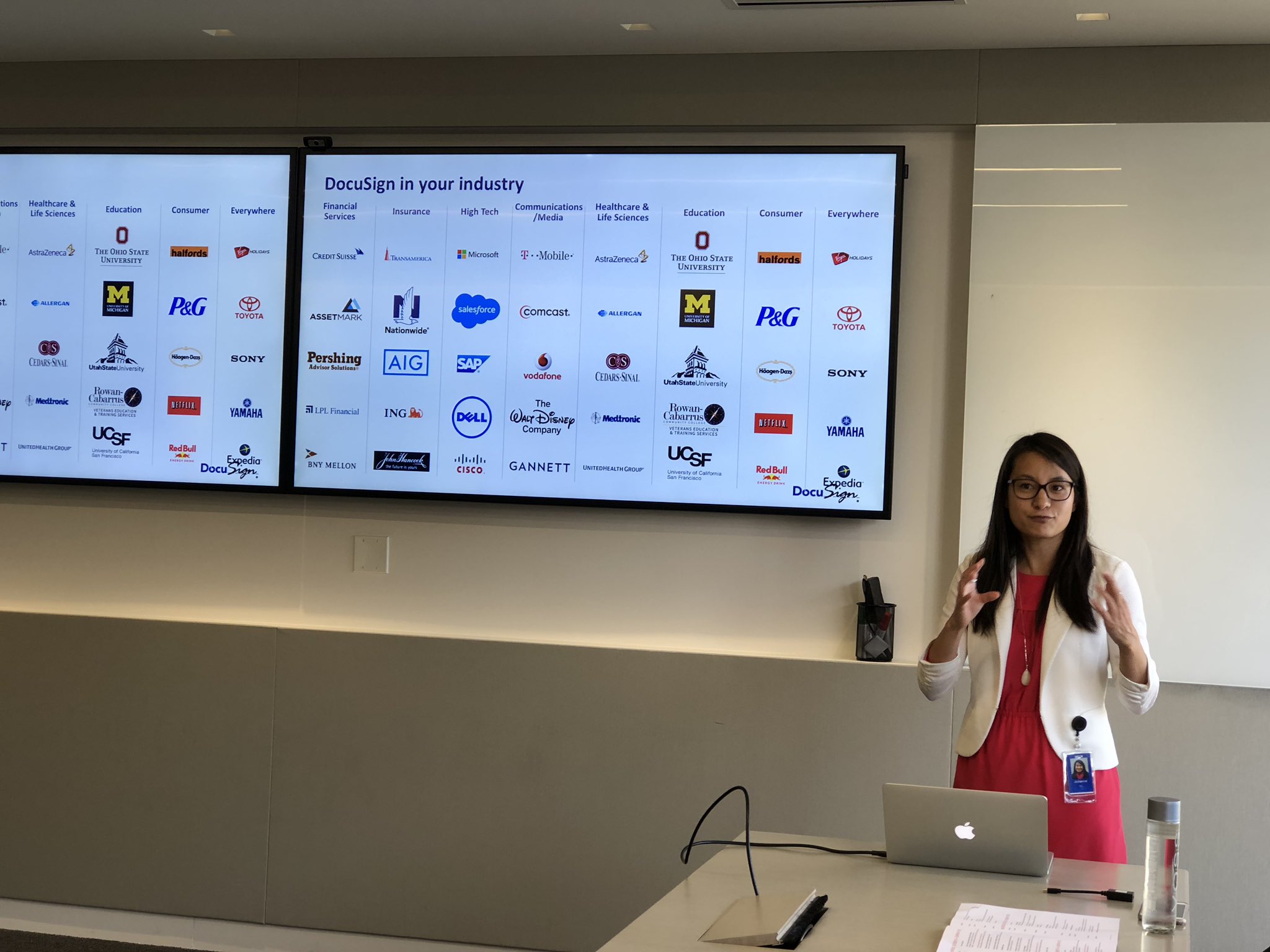
This explains why DocuSign could partner with major companies across the world. In March, Keith Krach and Deutsche Telekom CEO, Tim Höttges, announced a multi-pronged partnership at CeBit in Hannover, Germany.
Before the deal, this German telecom giant was indeed a customer and investor of DocuSign. Now they partner with DocuSign to become the company’s reseller, meaning both the DTM and eSignature services can be offered to its own customers around the world. Deutsche Telecom will be in charge of providing the data centers for areas like Germany and France as part of the deal. It also ensures that customer data that is from the E.U. will be kept secure, protected, and private.
Höttges shared recently at CeBIT that they received the huge benefit from this partnership when DocuSign could help them become a more efficient, competitive digital business. He also added, “Based on the success we’ve witnessed at T-Mobile USA in which DocuSign helped deliver $200 million of annual value. They were able to eliminate more than 600 million pieces of paper and reduced the average storing time from 60 minutes down to ten. That is when we acknowledged the potential of this company and started to invest in it. We are now expanding our deployment across the global enterprise.”
This deal illustrates how important the role of DocuSign is within the major European companies. They have multi-pronged strategies with plenty of most influencing companies on the planet such as SAP, Microsoft, Google, Salesforce, Visa, Dell, Intel, Samsung, NTT, Mitsui, Telstra, Comcast, FedEx, and many more.
Apart from Germany, Japan has also become the country that DocuSign is aiming to. Knowing that the country values the importance of Digital Transformation, Krach then keynoted at the Global Digital Summit in Tokyo and showed a case study about DocuSign as a catalyst to enhance the process of digital transformation.
It can be said that the potential reach of the company is impressive. While the real competition that faces the company is the legacy technology, their market is huge including any companies and individuals who need to sign documents. In other words, the number of potential clients for this business is almost incalculable.
DocuSign’s Latest Investment in AI
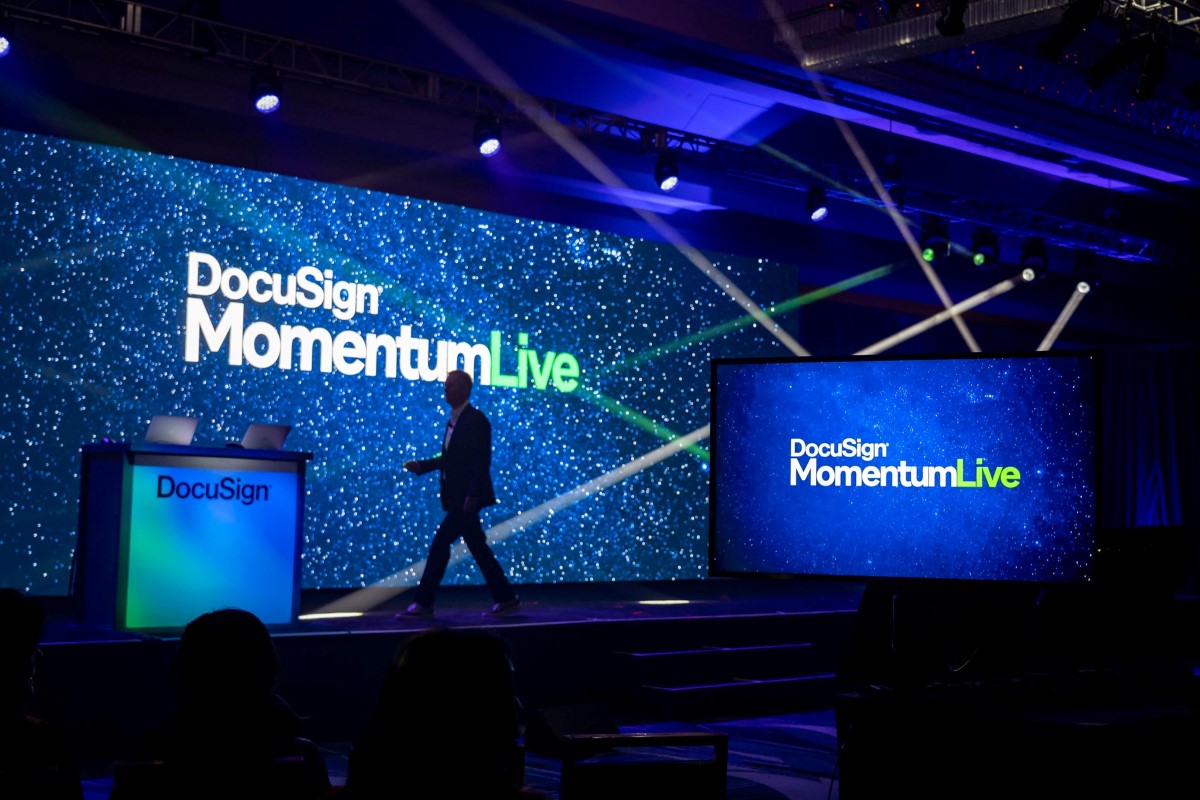
With all the success that the company has achieved, now it is going for the higher goals. In detail, DocuSign is making heavy investments in AI. In March 2019, an investment of $15 million was put toward Seal Software which is a seal contract discovery and analytics startup that utilizes the machine learning to find and parse contracts.
This partnership was followed by DocuSign’s previous acquisition of intellectual property rights from machine learning startup Appuri in December 2017 and its purchase of SpringCM – the text search and document indexing startup last September.
The co-founder as well as the CEO of Seal Software, Zetterberg, shares that they are delighted to see DocuSign’s confidence in investing and collaborating with the company when they are in the progress of building the next generation of agreement discovery and analysis tools using the artificial intelligence. “Together, we are gradually unlocking the full potential of all the agreements that are spreading across every size and kind of business.”
As the agreement stated in 2018, technologies from Seal Software are distributed via DocuSign’s platform extensions program. They are the background for the company’s Total Search service, which permits the customers to centralize and set up the digital agreements with metadata. Moreover, the features like indemnification or warranty also appear in this technology using AI algorithms.
DocuSign believes that when the customers could use these in tandem, they are able to identify the agreements in contracts that possibly overlap and clauses that are not well-managed. This leads to the ability for renegotiating and saving costs. “AI allows the organizations and individuals to analyze their agreements and see if there are any potential risks and opportunities in new ways,” said Ron Hirson, the chief product officer of DocuSign. “We are heading to the new age by investing in adding intelligence to our suite of products, and our investment in Seal Software’s AI is just another step in making our Agreement Cloud offering smarter.”
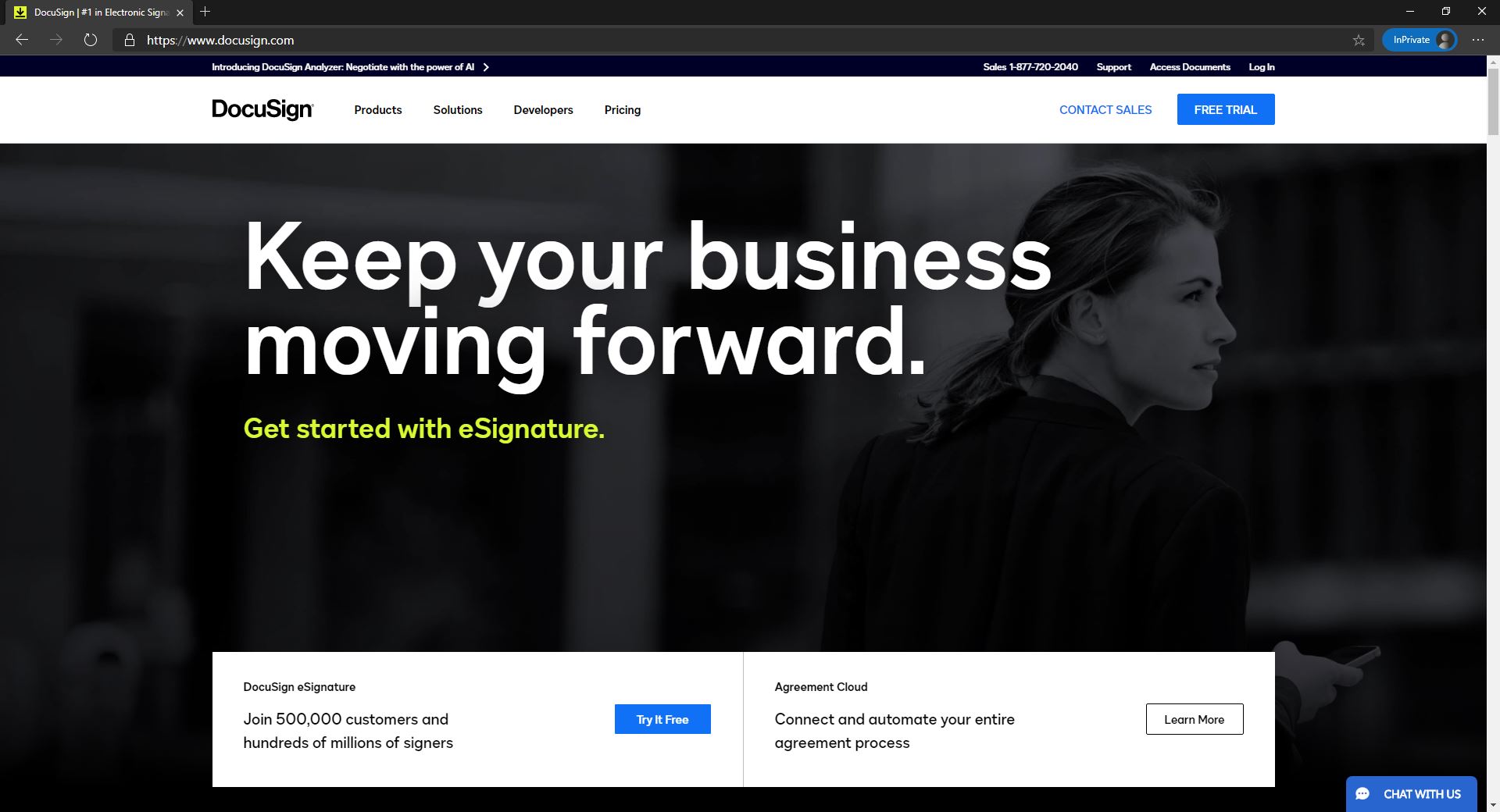
2018 was the year of DocuSign when it announced the release of Agreement Cloud – a solutions suite that comprises three different new products like DocuSign Gen for Salesforce, DocuSign Click, and DocuSign ID Verification. These help the users to be able to generate contracts from within Salesforce, quickly capture consent and standard agreement terms and verify government-issued IDs, and European electronics IDs used in sensitive transactions.
Since 2013, DocuSign has raised more than $500 million. 2018 recorded the number of customers rising to 450,000 and over 180 countries in over the world, hundreds of millions of users are relying on DocuSign for signing their documents. Undeniably, if DocuSign could maintain their growth and still invest in new technology, then an even brighter future is waiting for this multi-million business.

